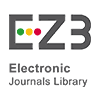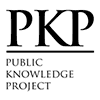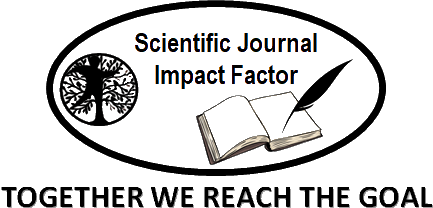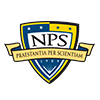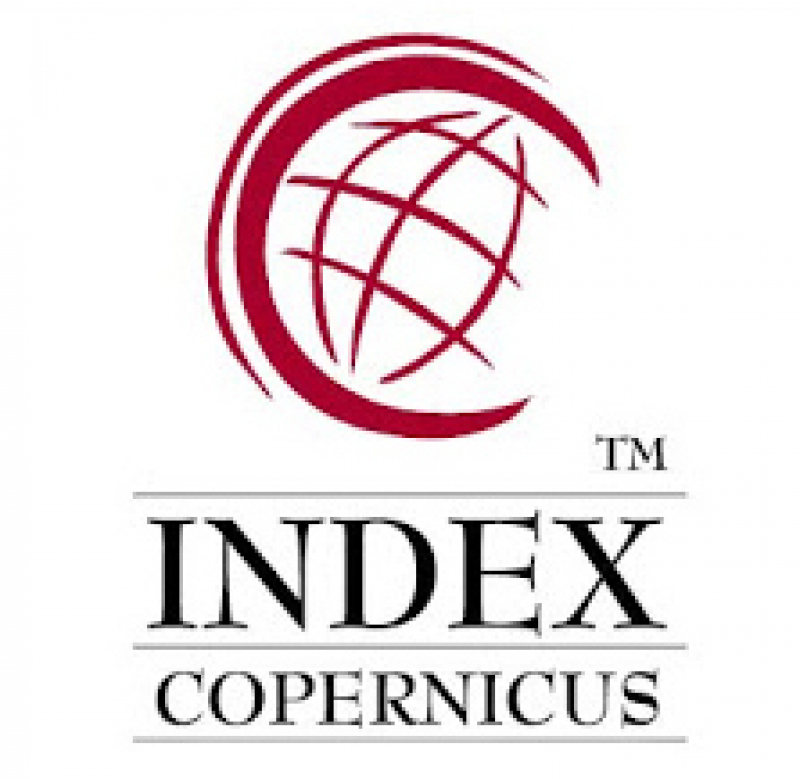The Reconciliation and Submission in a Heroic Manner in Shakespeare-Fletcher’s The Two Noble Kinsmen and W. B. Yeats’s The Death of Cuchulain
Abstract
Not all noticeable literary figures have been opportune enough to be afforded with an all-time opportunity to lead the way as gloriously as they have done at the shining moments of their literary career. When it comes to prominent literary figures like Shakespeare, no blemish appears to have ever tarnished his magnificence; moreover, his impact upon other presumably great literary figures has also been extensively proved and discussed. This study endeavors to trace the Shakespearian influence and echo in a play by another celebrated poet and dramatist who by his own self has confessed the former’s deep influence both upon his thoughts and works. The parallel is drawn between Shakespeare’s assumed last play, i.e. The Two Noble Kinsmen written in collaboration with Fletcher and W.B. Yeats’s last play of Cuchulain cycle, i.e. The Death of Cuchulain. The resonance detected in these late works reiterates once more that it is not merely in the realm of fantasy that old age does not necessarily blocks the road taken to attain “tragic joy in the sublime” and that even reconciliation and submission can also be treated in a heroic manner. W.B. Yeats’s The Death of Cuchulain is to be scrutinized in this study in the light of the Shakespearian influence upon it regarding its being produced in the late period of his literary career as Fletcher-Shakespeare’s The Two Noble Kinsmen has also been written in a similar stage of life. Once more Shakespeare’s subversive style is to be noted for its capability to mingle both the joyful and the tragic in another tragicomedy in order to display some other manifestation of life and at the same time act as supposedly another stimulus for W.B. Yeats’s sought for “tragic joy” when he was “old and grey and full of sleep”.
Keywords
Full Text:
PDFReferences
Anushiravani, A. (1391/2012). “Seyr-e tahavvolāt-e adabiyāt-e tatbiqi [A Survey of the
Theories of Comparative Literature]”. Adabiyāt-e Tatbiqi, 3(2), 3-7.
Berggren, P. S. (1984). “For What We Lack, / We Laugh’: Incompletion and ‘The Two Noble Kinsmen’ ”. Modern Language Studies, 14(4), 3–17.
Creative Commons - Attribution-NonCommercial-NoDerivatives 4.0 International - CC BY-NC. (n.d.).
Hillman, R. (1991). “Shakespeare’s Romantic Innocents and the Misappropriation of the Romance Past: The Case of The Two Noble Kinsmen”. Shakespeare Survey, 43, 69–80.
Loughnane, R., & Maley, W. (2016). Celtic Shakespeare : The Bard and the Borderers. New York: Ashgate Publising.
Paulin, A. (2013). The King’s Threshold, Calvary, The Death of Cuchulain: Yeats’s Passion Plays (pp. 49–63). Open Book Publishers.
Ramazani, J. (1989). “Yeats: Tragic Joy and the Sublime”. PMLA, 104(2), 163–177.
---. (1990). Yeats and the Poetry of Death: Elegy, Self-Elegy, and the Sublime. New Haven and London. Yale University Press.
Reid, B. L. (1958). “Yeats and Tragedy”. The Hudson Review, 11(3), 391–410.
Remak, H. H. H. (1961). “Comparative Literature: Its Definition and Function”. In P. Newton, Stallknecht and Horst Frenz (eds.). Comparative Literatute: Method & Perspective. Carbondale & Amsterdam: Southern Illinois Press. pp. 1-57.
Senchuk, I. (2017). The Evolution of W. B. Yeats’s Idea of a Drama: from On Baile’s Strand to The Death of Cuchulain. 71–83.
Shakespeare, W., & Fletcher, J. (1997). The Two Noble Kinsmen. The Norton Shakespeare: Based on the Oxford Edition (Stephen Greenblat et al. New York, W. W. Norton, & Company, Eds.).
Spencer, T. (1939). “The Two Noble Kinsmen”. Modern Philology, 36(3), 255–276.
Stretter, R. (2017). “Flowers of friendship: Amity and tragic desire in the two noble kinsmen”. English Literary Renaissance, 47(2), 270–300. doi:10.1086/693894
Yeats, W. B.(1961). Essays and Introductions (pp. 522–523). London: Macmillan.
---. The Collected Works of W. B. Yeats (Vol. 2, pp. 157–554). (2011). New York: Scribner.
DOI: http://dx.doi.org/10.18415/ijmmu.v12i4.6661
Refbacks
- There are currently no refbacks.
Copyright (c) 2025 International Journal of Multicultural and Multireligious Understanding

This work is licensed under a Creative Commons Attribution-NonCommercial-NoDerivatives 4.0 International License.
https://ijmmu.com
editor@ijmmu.com
facebook.com/ijmmu
Copyright © 2014-2018 IJMMU. All rights reserved.

















